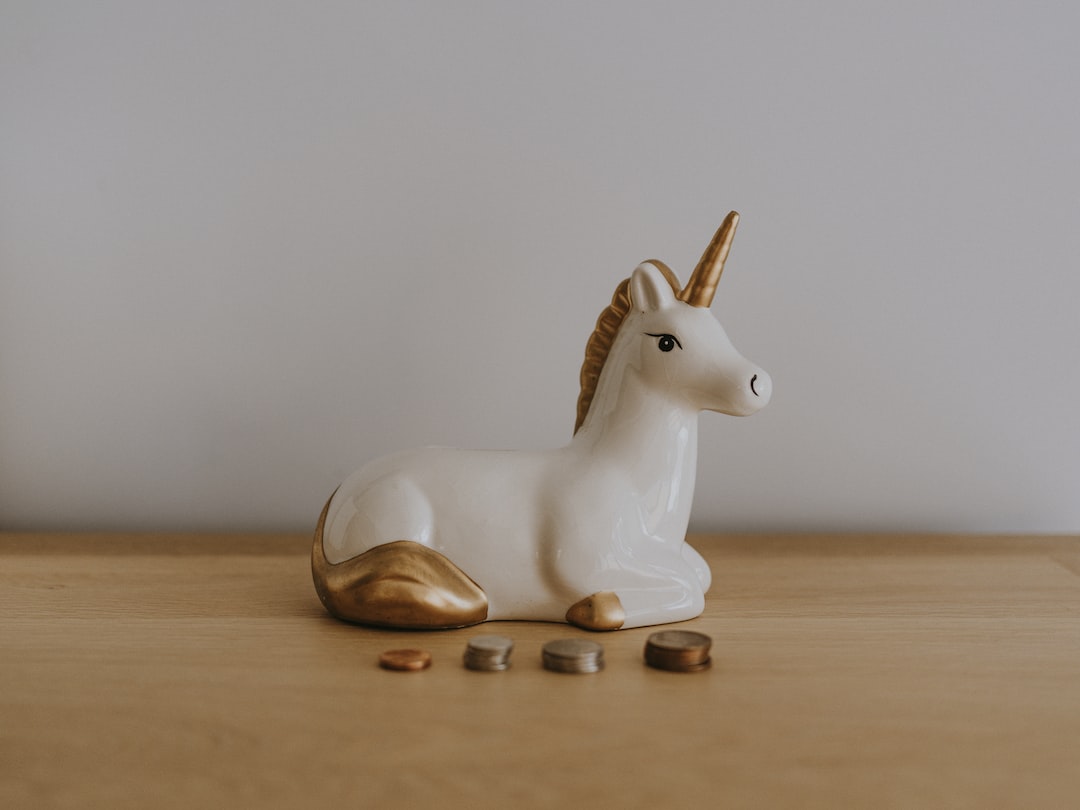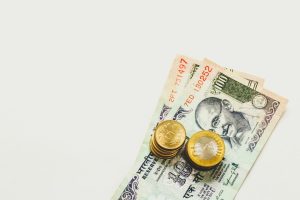The foreign exchange market, or forex, is the largest financial market in the world. It is a decentralized market where currency trading takes place between various participants such as banks, financial institutions, governments, and individual traders. The forex market is open 24 hours a day, five days a week, and is constantly changing due to various economic, political, and social factors. One common phenomenon that traders encounter in the forex market is the occurrence of gaps. Gaps happen when the price of a currency pair jumps from one level to another, without any trading activity in between. In this article, we will explore why gaps happen in forex and what traders should do to manage them.
What Causes Gaps in Forex?
Gaps happen in forex when the price of a currency pair opens significantly higher or lower than its previous closing price. This can happen due to various reasons such as economic news, political events, or market sentiment. For example, if there is a sudden announcement of a central bank interest rate hike, it can cause a gap in the forex market. Similarly, if there is a political crisis or a natural disaster, it can also cause a gap in the market.
Gaps can also happen due to technical factors such as low liquidity or trading volume. During weekends or holidays, when the forex market is closed, there can be a buildup of orders that can cause the price to gap when the market opens on Monday. Similarly, during major news releases or economic events, there can be a sudden surge in trading activity that can cause the price to gap.
Types of Gaps in Forex
There are three types of gaps that can occur in forex: common gaps, breakaway gaps, and runaway gaps.
Common gaps are the most frequent type of gap in forex. They occur due to normal market fluctuations and are usually small in size. Common gaps can be filled quickly as the price tends to revert to its original level.
Breakaway gaps happen when the price breaks out of a trading range or a chart pattern. They are usually larger in size and can signify a change in market direction. Breakaway gaps tend to be more significant and can take longer to fill.
Runaway gaps, also known as continuation gaps, happen when the price continues to move in the same direction as the previous trend. They are also larger in size and can signify a strong momentum in the market. Runaway gaps can be difficult to fill as the price tends to move in the same direction for a longer period.
Managing Gaps in Forex
Gaps can be both profitable and risky for traders. If a trader anticipates a gap correctly, they can make a significant profit in a short period. However, if a trader is caught on the wrong side of the gap, it can result in a significant loss. Therefore, it is important for traders to manage gaps effectively.
One way to manage gaps is to use stop-loss orders. Stop-loss orders can help traders limit their losses in case the price gaps in the opposite direction. Similarly, traders can use limit orders to take profit in case the price gaps in their favor.
Another way to manage gaps is to stay updated with the latest news and events that can impact the forex market. Traders should keep an eye on economic releases, political developments, and other market-moving events that can cause gaps in the market. By staying informed, traders can anticipate potential gaps and take appropriate measures to manage their positions.
Conclusion
Gaps are a common occurrence in the forex market. They can happen due to various reasons such as economic news, political events, or technical factors. Gaps can be both profitable and risky for traders, and it is important to manage them effectively. Traders can use stop-loss orders, limit orders, and stay updated with the latest news and events to manage gaps. By understanding the causes and types of gaps in forex, traders can make informed decisions and minimize their risks.






